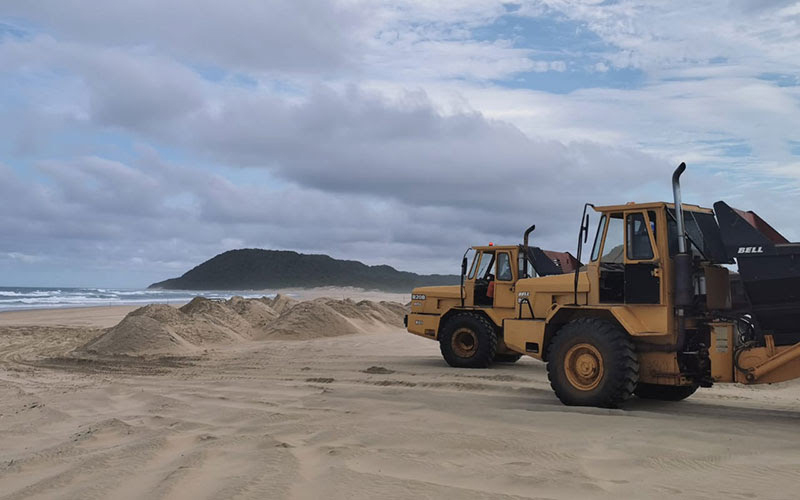Professor Anthony Forbes, FEC Academy Member, shared some interesting news with us.
On January 6th the sand barrier separating the Lake St Lucia Estuary from the sea was artificially breached by the iSimangaliso Authority in apparent disregard of its own management strategy and ignoring the scientific evidence on which this strategy is based.
The St Lucia Lake estuary is the biggest estuary in South Africa, supporting the biggest population of hippopotamus and crocodiles in the country. In 1999, the iSimangaliso Wetland Park became a World Heritage Site, the first in the country, owing to its outstanding natural values. The area is also recognised as a Ramsar Site due to its exceptional aquatic and wading bird habitat.
Following extensive research, in 2012 the Management Board and the South African Department of Environmental Affairs ratified a new management policy to cease the artificial breaching regime allowing the estuary to re-establish its natural dynamics. The reversal of a 60-year-old environmental management policy was met with discontent by the local population who see the artificial breaching of the estuary mouth as a solution for fishing problems and the alleviation of flooding of surrounding cane fields and banana plantations.
Despite local farmers’ attempt to revert this policy, the iSimangaliso Wetland Park Authority and Edna Molewa, then Environmental Affairs Minister, won a landmark victory in the high court which deemed that an artificial breach would ‘prejudice the environmental advances’ that had already been made in restoring the Lake St Lucia Estuary.
The breach earlier this month has already been contested by “a concerned group of scientists, some of whom have worked in the Lake St Lucia Estuary since the 1970s, with extensive collective experience of estuaries and their functioning both in South Africa and internationally” who have reached out to Ms Barbara Creecy, Minister of Forestry and Fisheries and Environmental Affairs by means of an open letter.
Click here to read the full open letter to South African Environmental Minister Ms Barbara Creecy.
Click here to read the scientific article published last year in an anniversary edition of the African Journal of Aquatic Science outlining the historic association of people with the St Lucia system.

